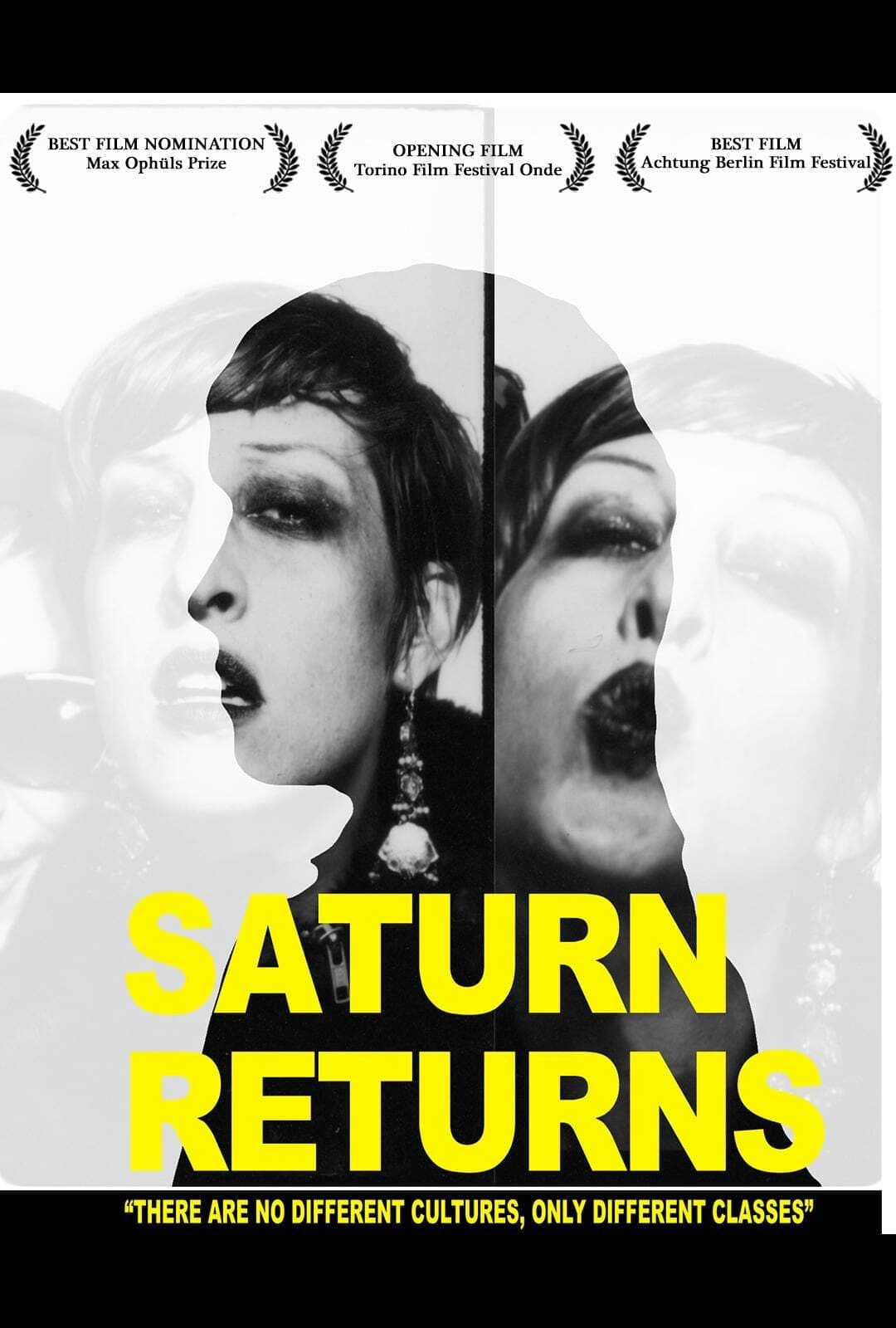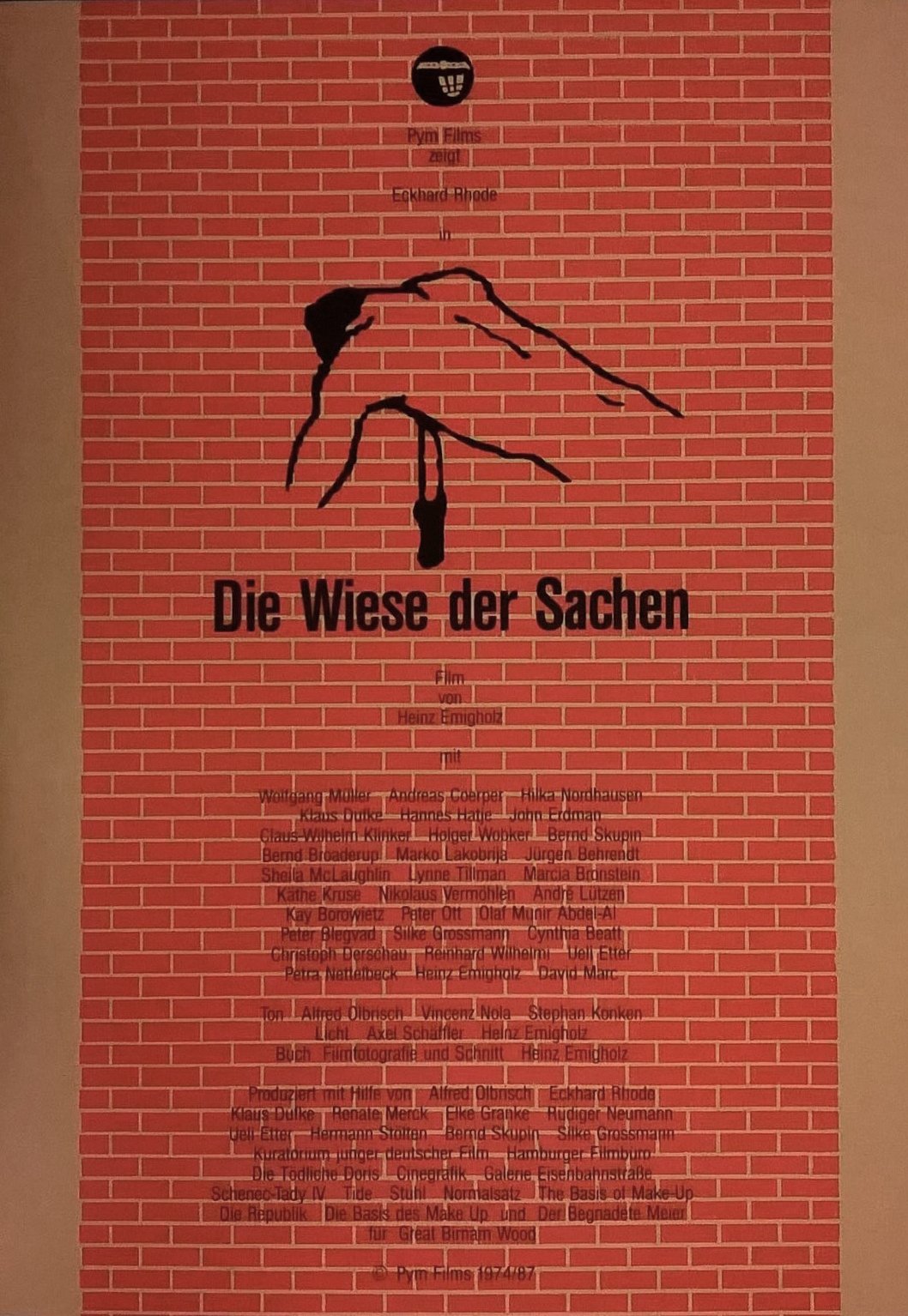

Contemporary cinema’s preeminent chronicler of architecture and its intersection with the ever-present crisis of 20th-century modernity, Heinz Emigholz returns with an alternately mournful and sly treatise on how the presence—and, in some cases, absence—of municipal and communal building architecture is inseparable from capitalist ideology. Focusing mainly on cities and provinces in Argentina, Germany, and Bolivia, Emigholz’s latest film is a work of quiet observation and historical excavation. From slaughterhouses in Salamone to the flooded former spa city of Epecuén to the newly built Humboldt Forum in Berlin, the film demonstrates the effect of capital on public spaces, where creation and destruction go hand in hand, and as always, Emigholz makes the journey one of intellectual force and cinematic beauty.

Lucy, a privileged North American in contemporary Berlin, living a life of post Punk hedonism, roams the streets with her best friend, Derek. Together they use the city like a playground, a stage, and a never ending party. Into their lives enters Galia, a young Israeli woman carrying the promise of a better, cleaner way of living. A tribute to Punk underground films turns into a melodrama in "Saturn Returns", mirroring Lucy and Galia's modulating states of mind. Our and their look into each other's life and culture, becomes an investigation of empty facades. The film was constructed by both improvised and pre-scripted scenes, as required by the nature of each scene.

Clonetown 1974 to 1979: a terrorist defector named Charon sits on the edge of oblivion and commentates on the imminent putrification of an abducted car dealer.
Born in 1948 near Bremen in Germany, Heinz Emigholz trained first as a draftsman before studying philosophy and literature in Hamburg. He began filmmaking in 1968 and has worked since 1973 as a filmmaker, artist, writer and producer in Germany and the USA. In 1974 he started his encyclopaedic drawing series The Basis of Make-Up . He looks back on numerous exhibitions, retrospectives, lectures and publications. In 1984 he started his film series Photography and beyond. He has held a professorship in Experimental Filmmaking at the Universität der Künste Berlin from 1993 to 2013, and co-founded the Institute for Time-based Media and the program Art and Media, there. Since 2012 member of the Academy of Arts in Berlin. In 2003 Filmgalerie 451 started an edition of all his films on DVD. Publications a.o.: Krieg der Augen, Kreuz der Sinne (War of Eyes, Cross of Senses), Seit Freud gesagt hat, der Künstler heile seine Neurose selbst, heilen die Künstler ihre Neurosen selbst (Since Freud Said That the Artist Heals His Neuroses Himself, Artists Have Been Healing Their Neuroses Themselves), Normalsatz – Siebzehn Filme (Ordinary Sentence – Seventeen Films) and Das schwarze Schamquadrat (The Black Sqare of Shame) (all four books at Verlag Martin Schmitz); Die Basis des Make-Up (I) and (II), Der Begnadete Meier (Grace Jones), Kleine Enzyklopädie der Photographie (Little Encyclopaedia of Photography) and Die Basis des Make-Up (III) (in Die Republik No. 68-71, 76-78, 89-91, 94-97 and 123-125); Sense of Architecture with more than 600 photographs.
By browsing this website, you accept our cookies policy.